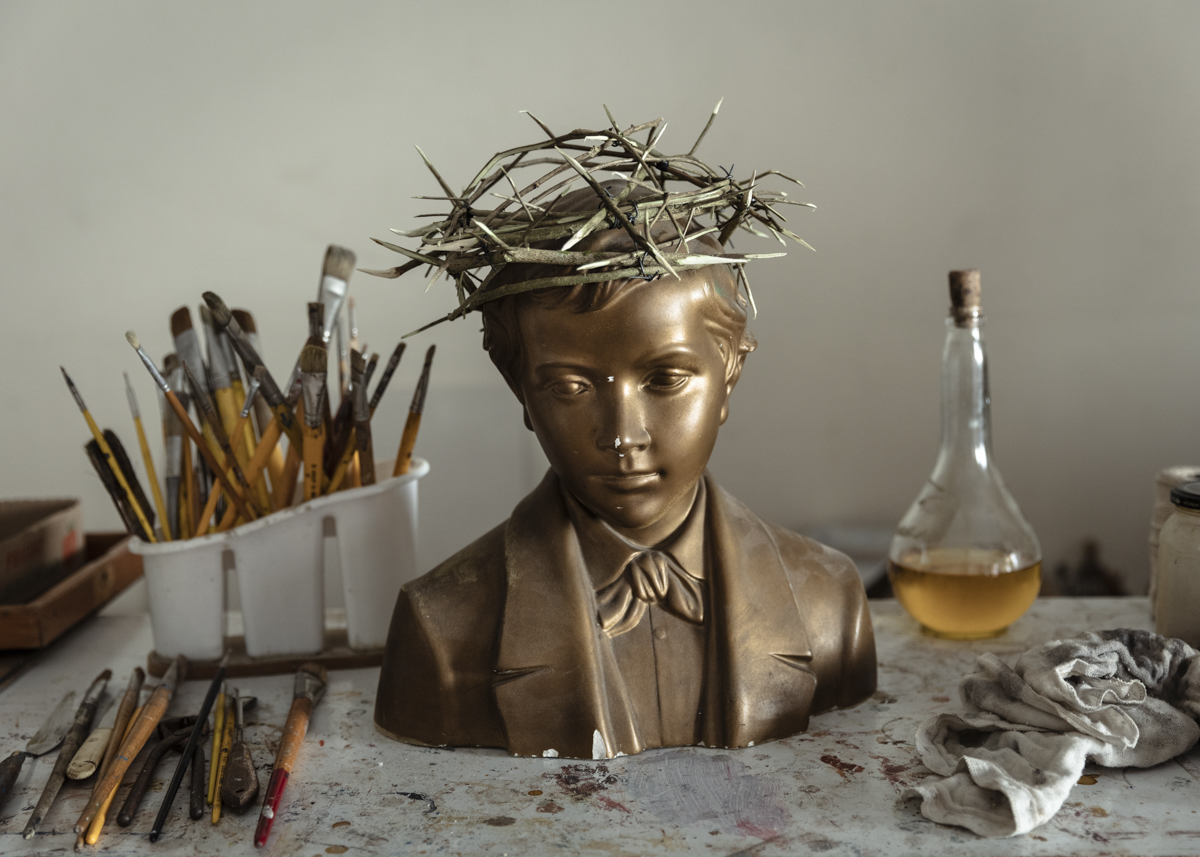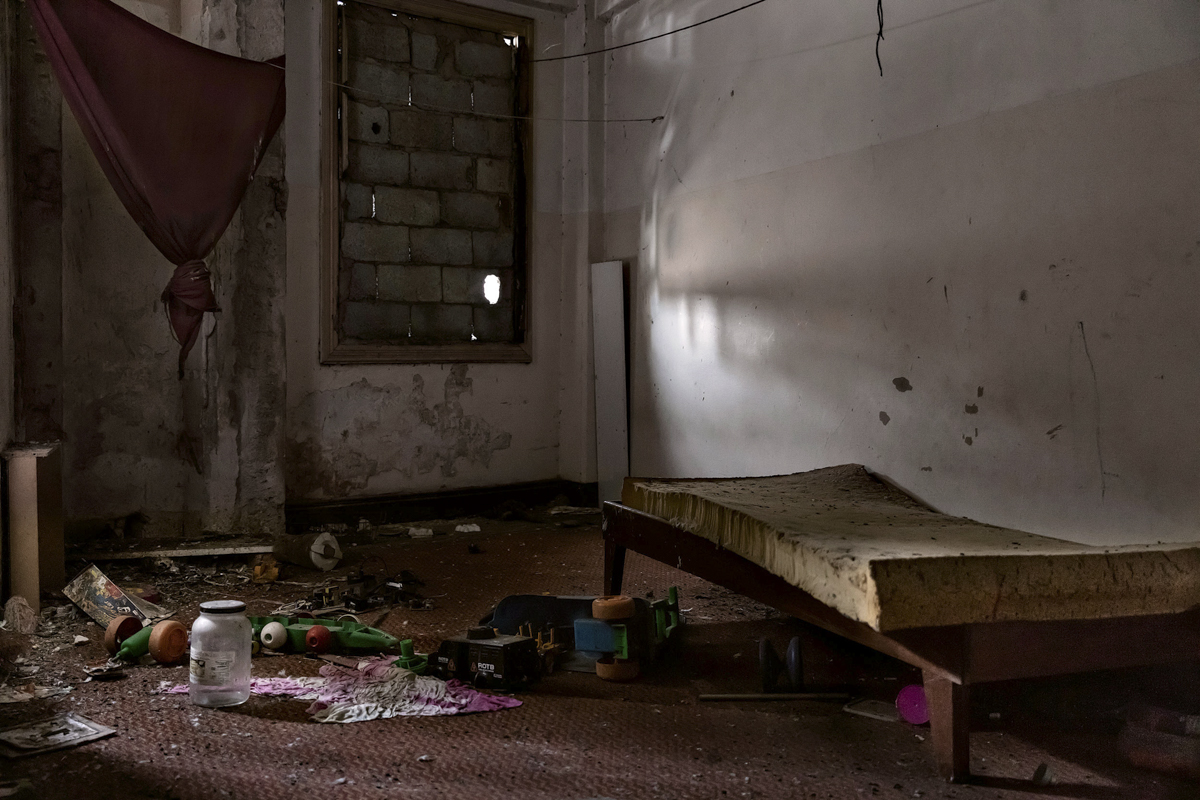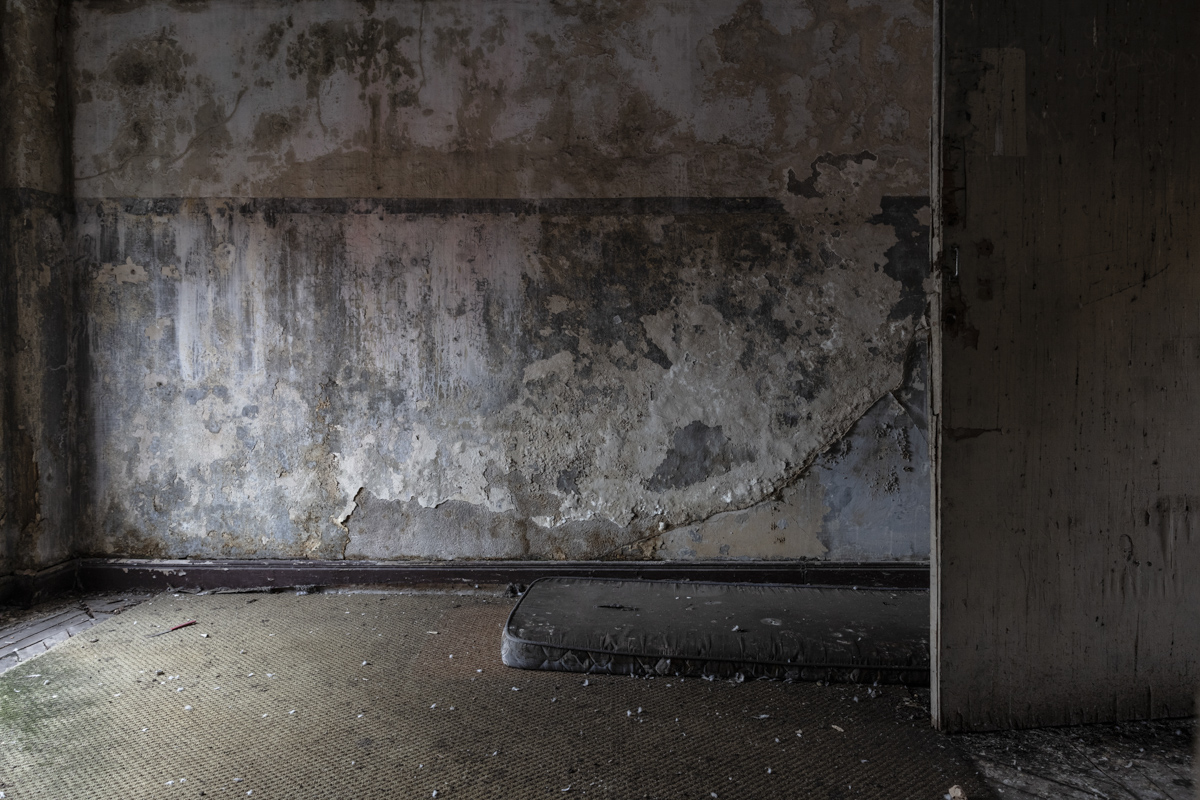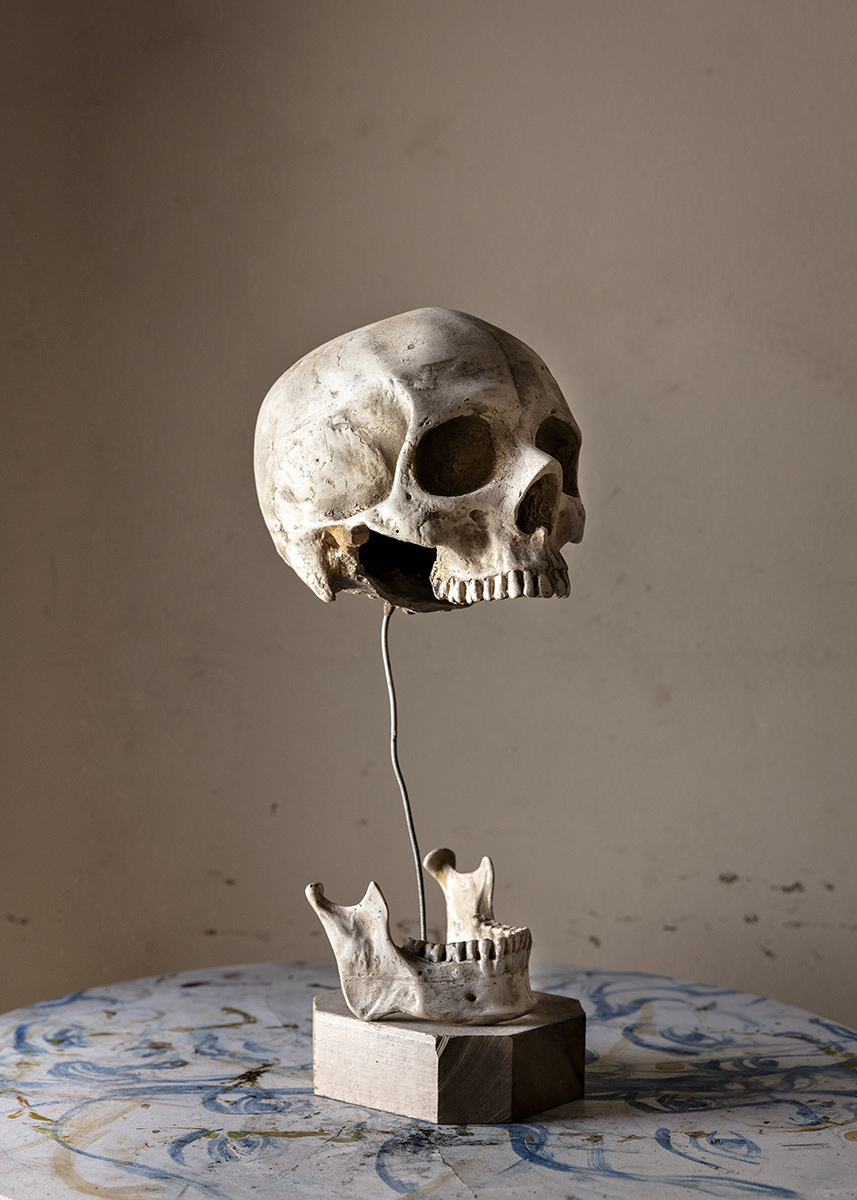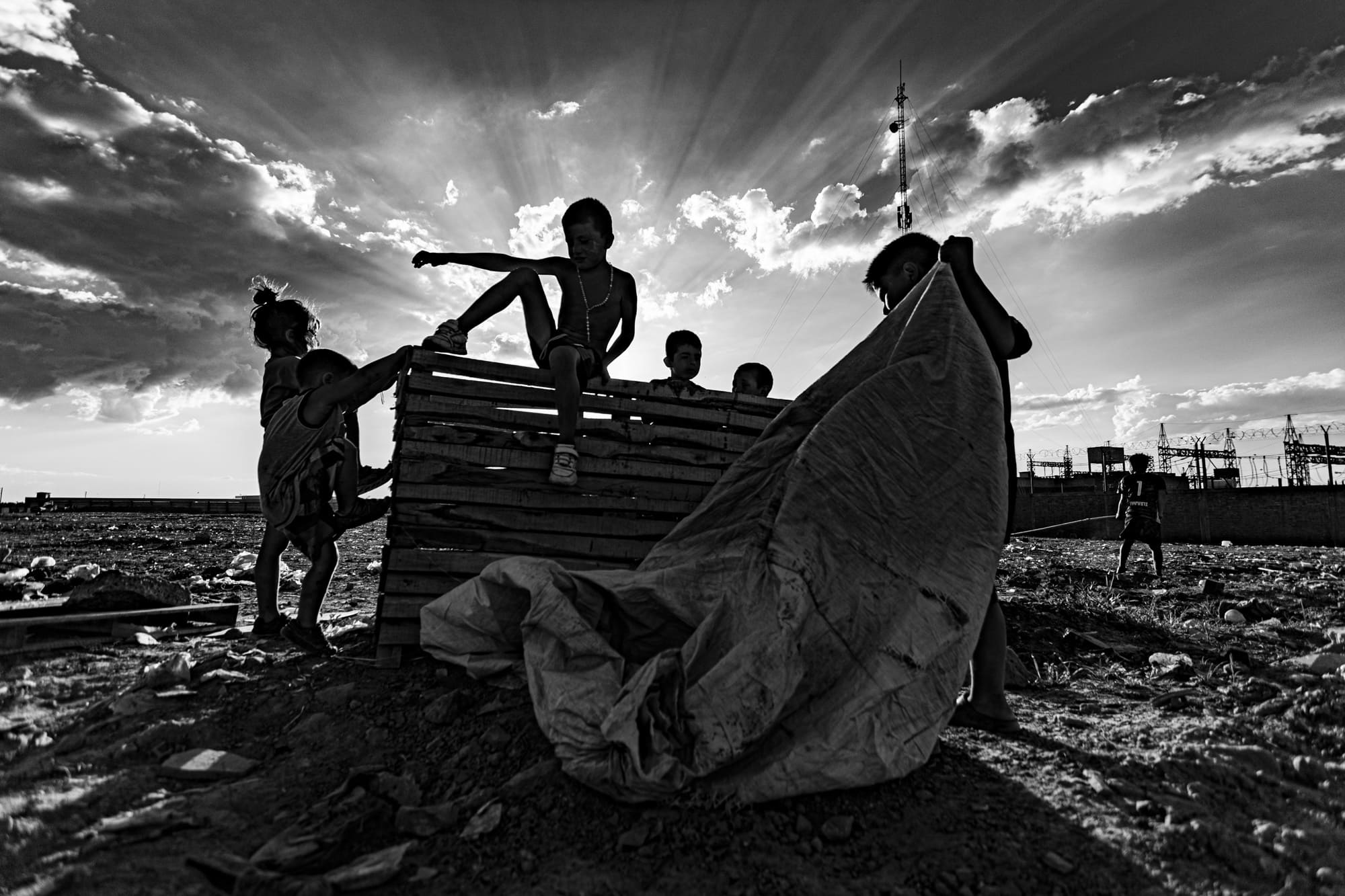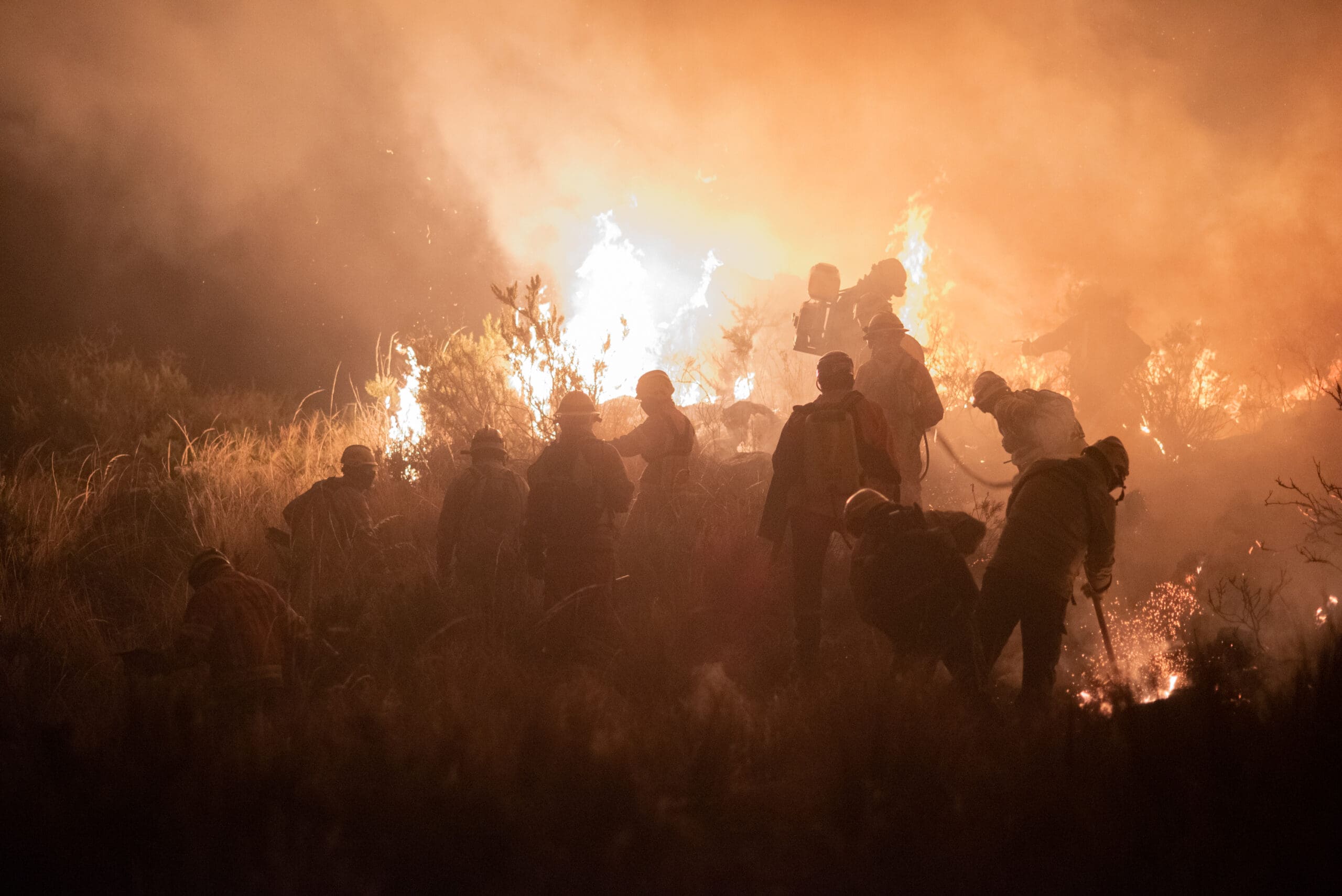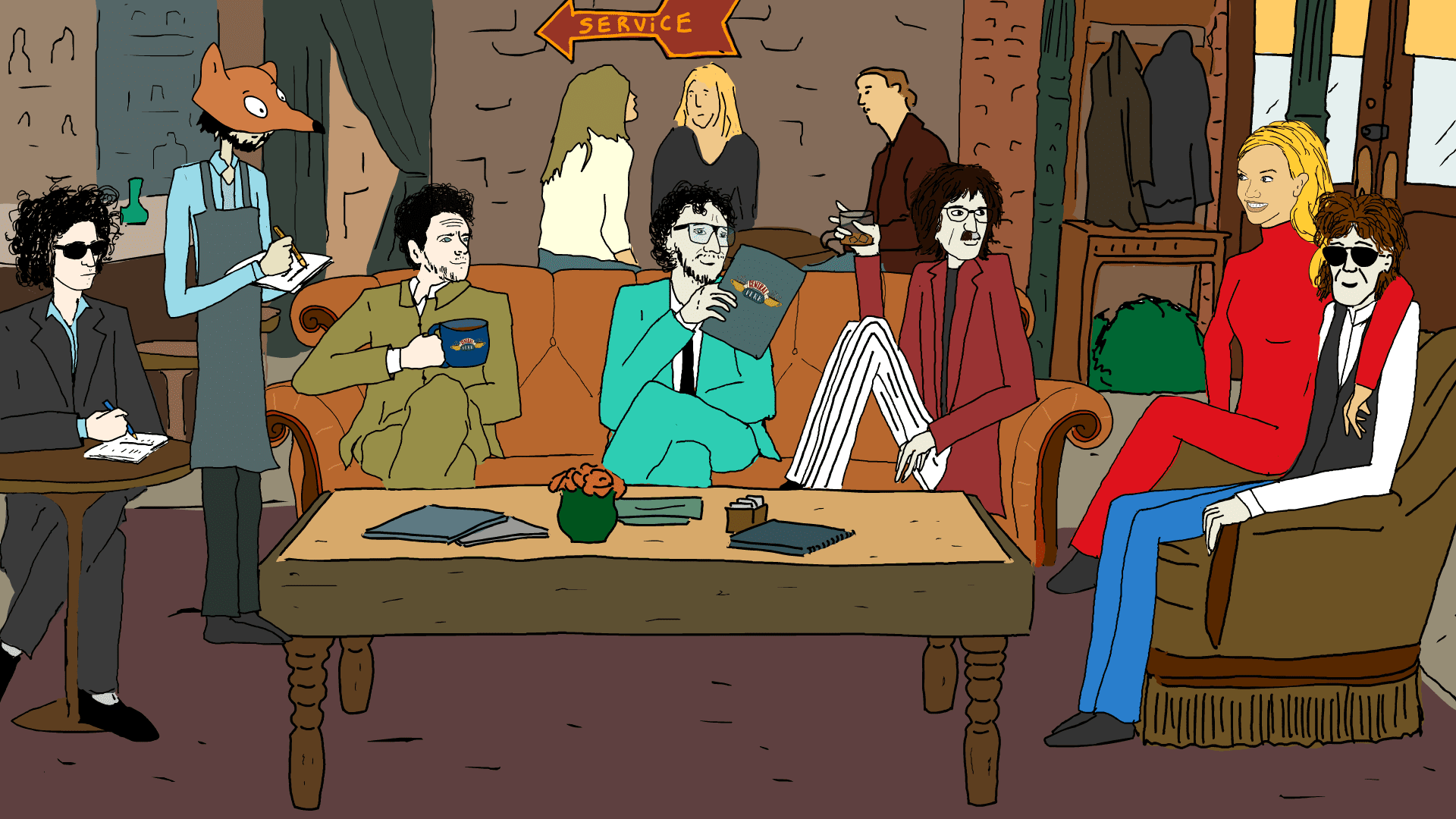More than a century ago, it was the neighborhood of São Paulo (Brazil) wealthiest families. Of that splendor only remain the structures and the peeling facades of the old mansions usurped by consumers. Rooms with cracked walls, boarded-up windows, sheetless mattresses, and bottles on the floor. Today it is inhabited by two thousand to three thousand crack users.
For a year and a half, the Brazilian photographer Gui Christ walked the streets of Cracolandia, a central neighborhood of São Paulo that has become the largest drug market in the world. Christ photographed the old mansions turned into crack hotels and portrayed consumers. He gave copies of the photos to many of them, which they used to process documents and look for work. Others sent it to their relatives to let them know they were still alive.
Christ’s project is called Fisura (fissure): a word that in Portuguese and Spanish refers to the cracks open in the wall, but also to the state of deterioration due to drug abuse.
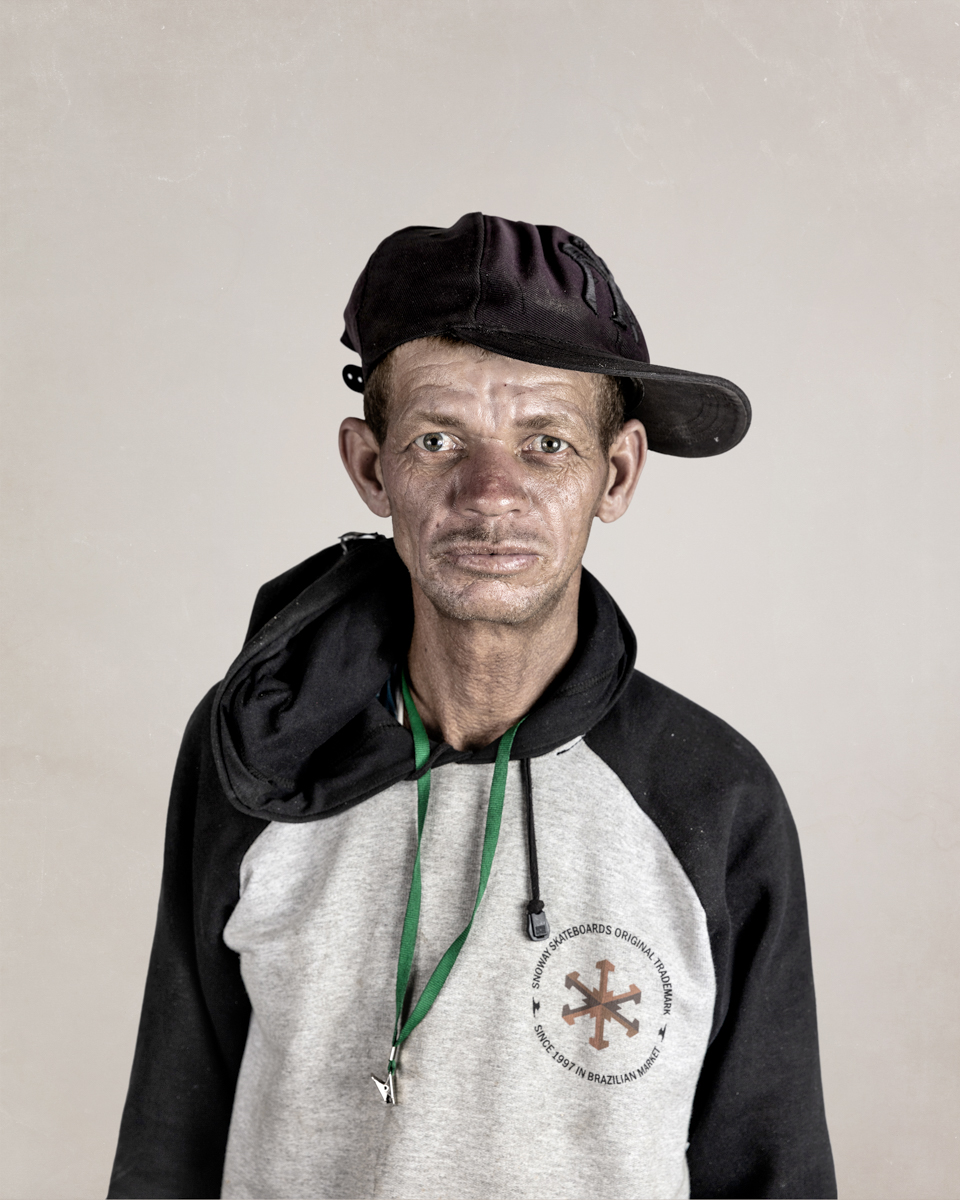
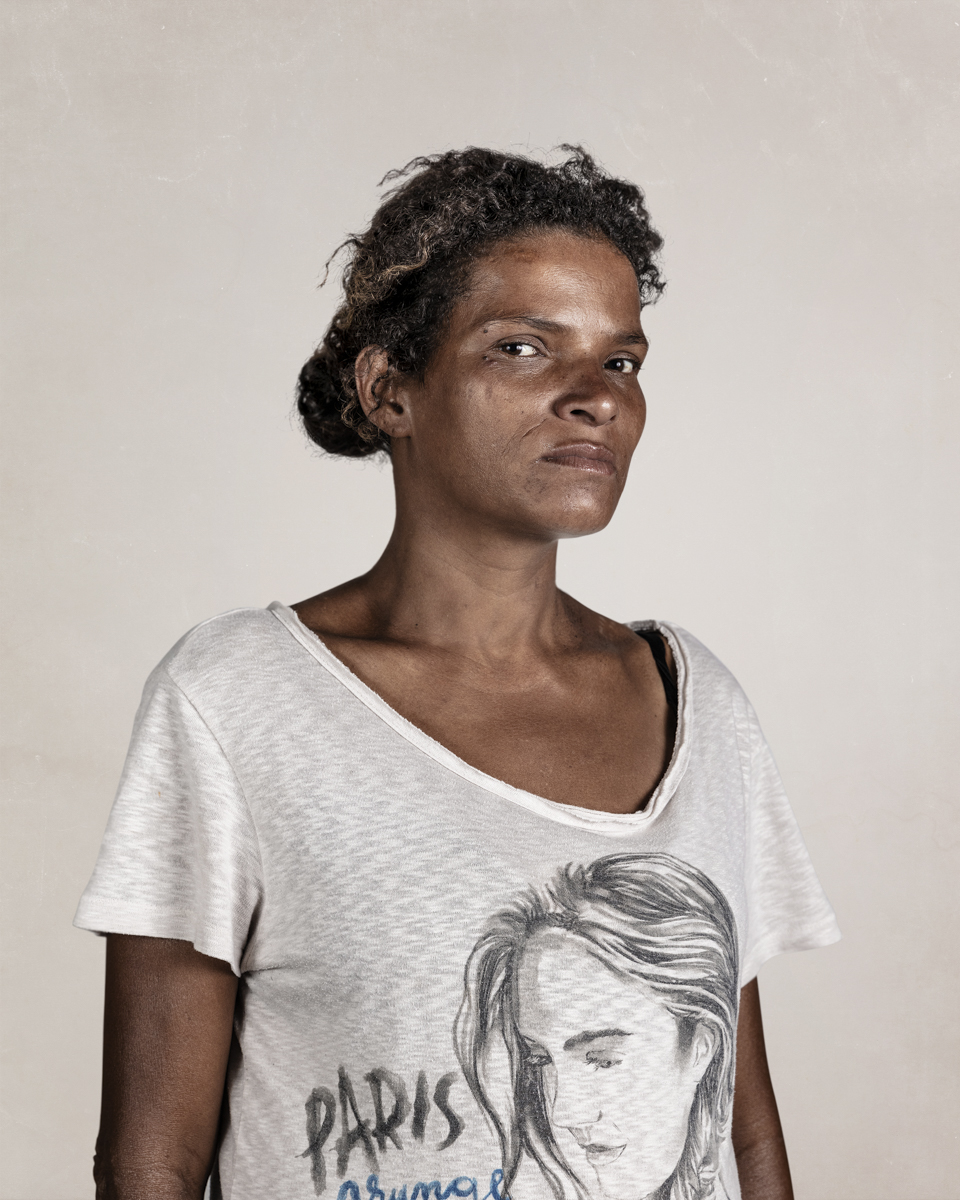
Christ was born in Rio de Janeiro but has lived for a few years a few blocks from the neighborhood: in 2017 he approached with his photo camera attracted by the news of the evictions in crack hotels. The first thing he felt upon arrival was fear. Fear of the drug dealers, fear that someone could steal or kill him. But just kept going.
Thanks to an organization that provides food and toilets for people in the neighborhood, he met consumers who let themselves be photographed in exchange for a copy of the photos. The registry is a collection of faces of men and women of indecipherable ages with tanned and wrinkled skins. Dressed with care, as neat as you can be in a crack hotel. “A man was so wounded that he did not speak. I only took one photo,” recalls Christ.
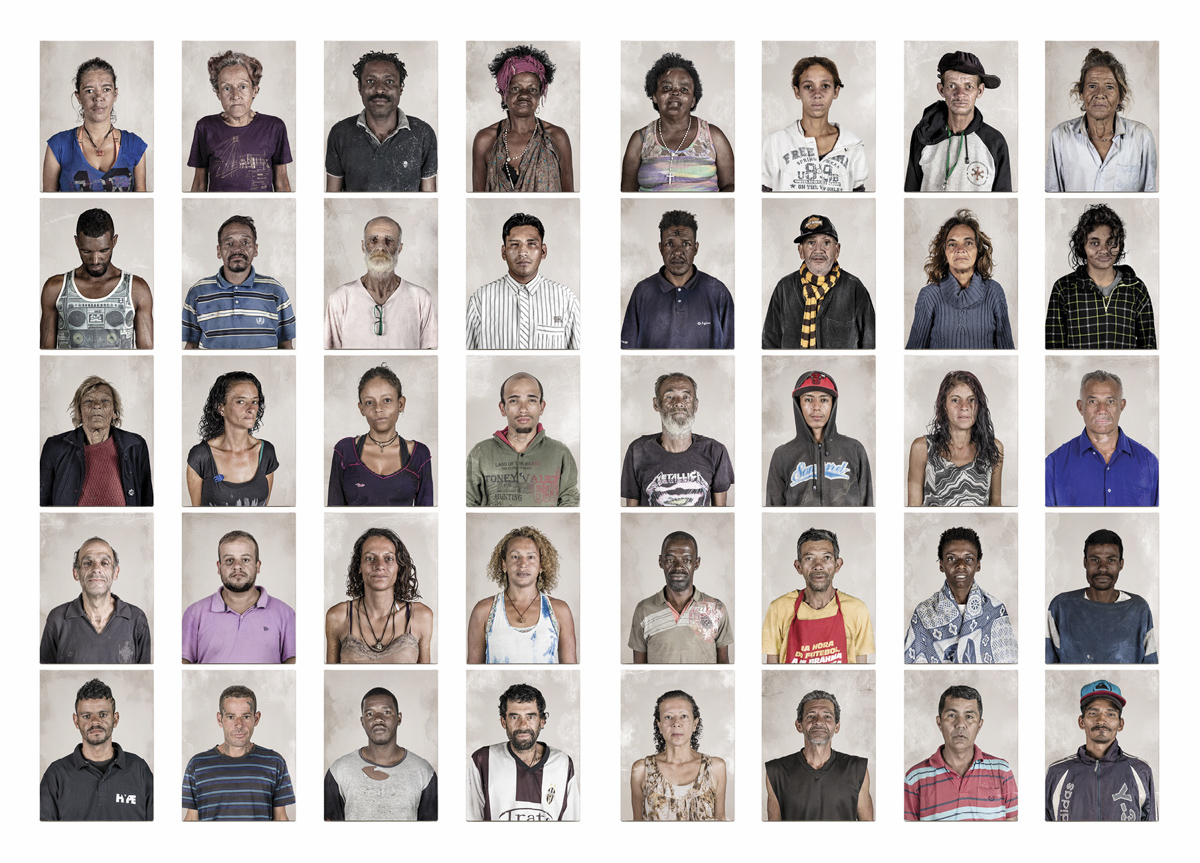
“They sell their documents to drug dealers, so they need photos to make new ones and look for work,” he says. One day Christ was walking near his home and a man stopped him on the street. It was one of the consumers he had portrayed a while before. “He told me that he had gotten a job with the photo I had taken of him,” he says.
That is one of his kind memories. But it also has many of the others. One afternoon the president of the association that helps consumers called him to help him find a child. The boy was using crack in a drug market and did not want to go out. “I was totally transformed,” he recalls. The neighborhood residents had to go look for him. “Your mom is calling you, you have to go,” said the other consumers, but the boy wanted to continue consuming.
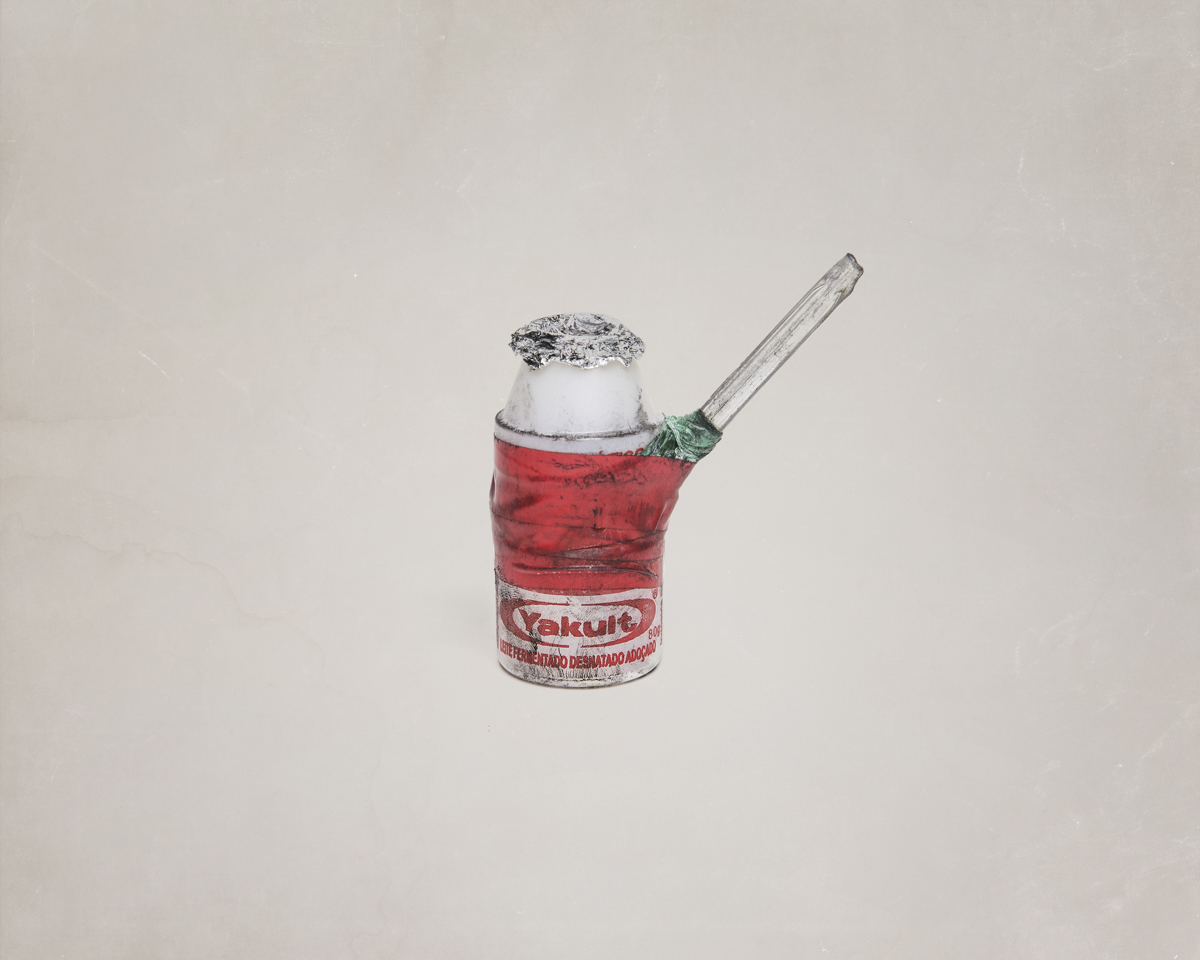
During the year and a half that he toured Cracolandia, Christ also photographed the most daily object among its inhabitants: the cachimbas –pipes they use to smoke crack– that an anthropologist collected for years. Made from old taps, punctured apples, beer cans, yogurt bottles, laboratory test tubes, glass, reed and coconut pipes, with wood debris, metal and plastic pipes, and even rubber hoses.
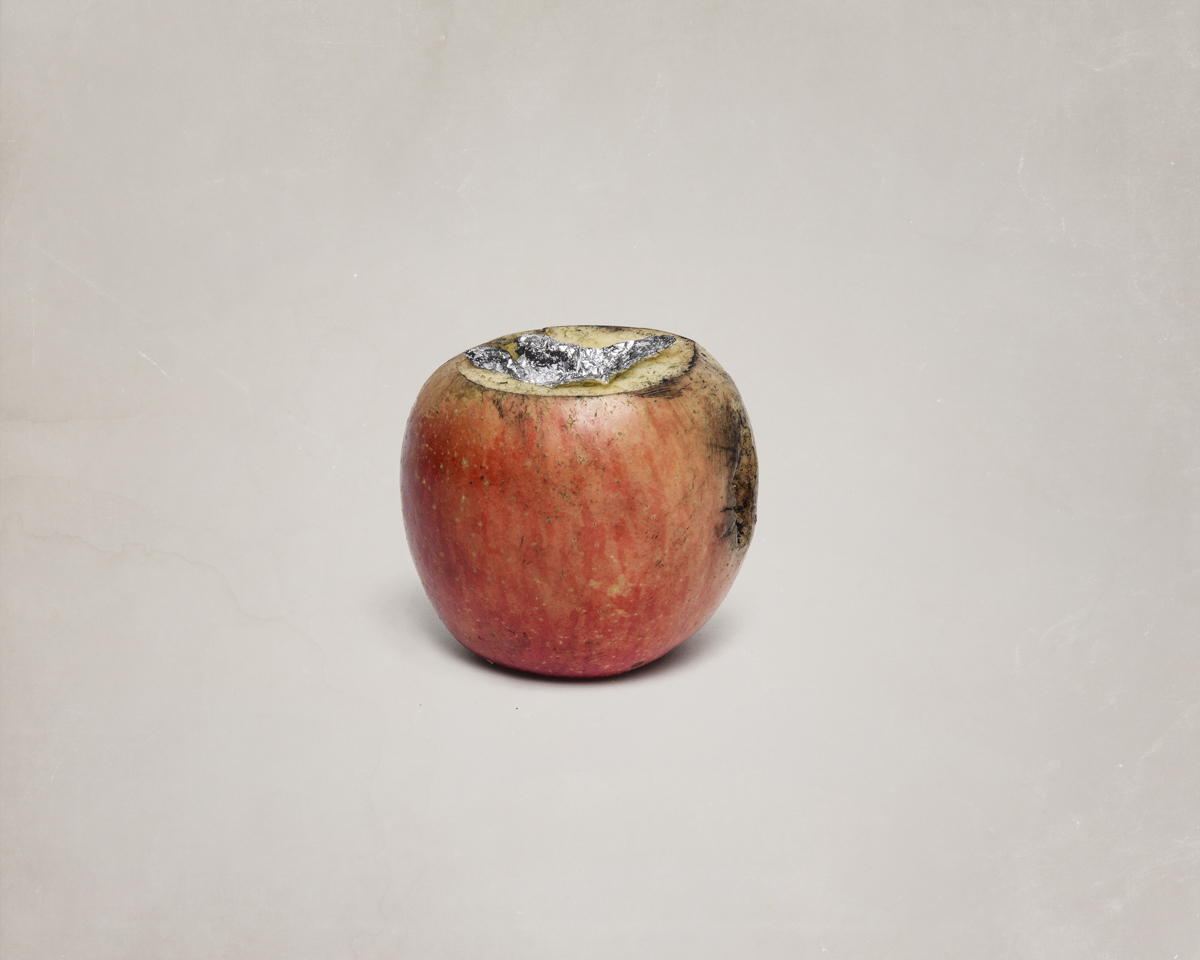
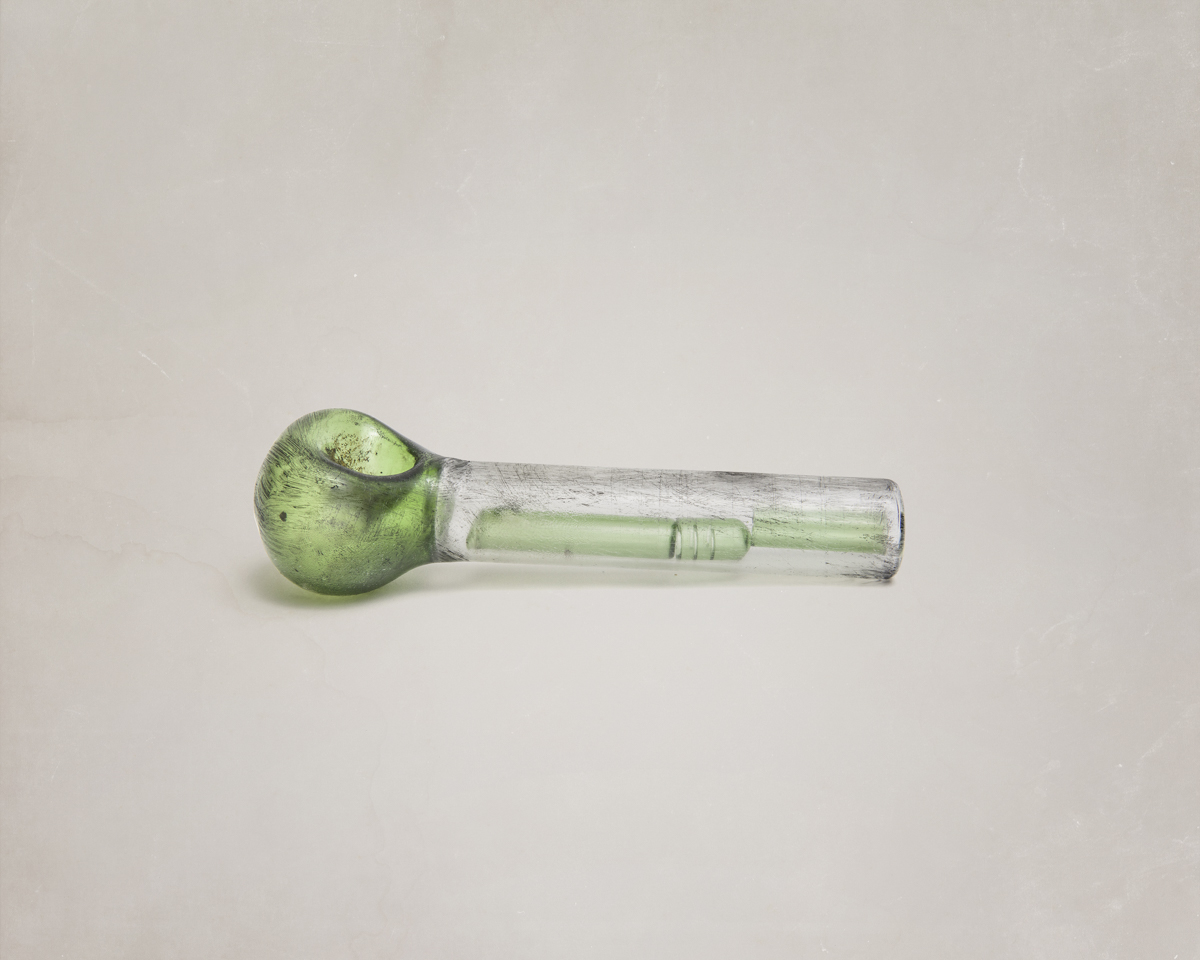
In a city with a high housing deficit, the state policy to deal with crack consumption is to expel users by demolishing the old mansions where they live.
The middle and upper classes in Sao Paulo see the inhabitants of Cracolandia as ghosts and the neighborhood as a deposit of human waste. “But they are parents of families, children of mothers, people who have problems with drugs,” he explains, “and who today live on the streets.”
Christ’s work was transformed into a book: Fissura. Here you can contribute for its edition and acquire a copy.
